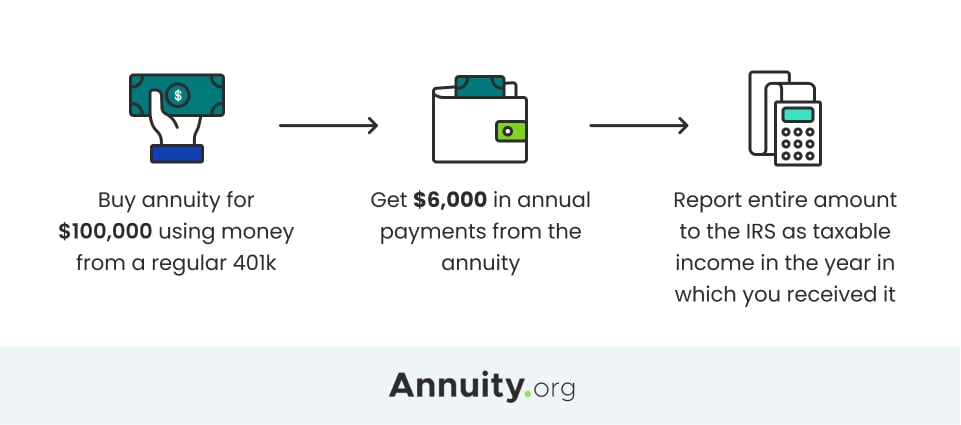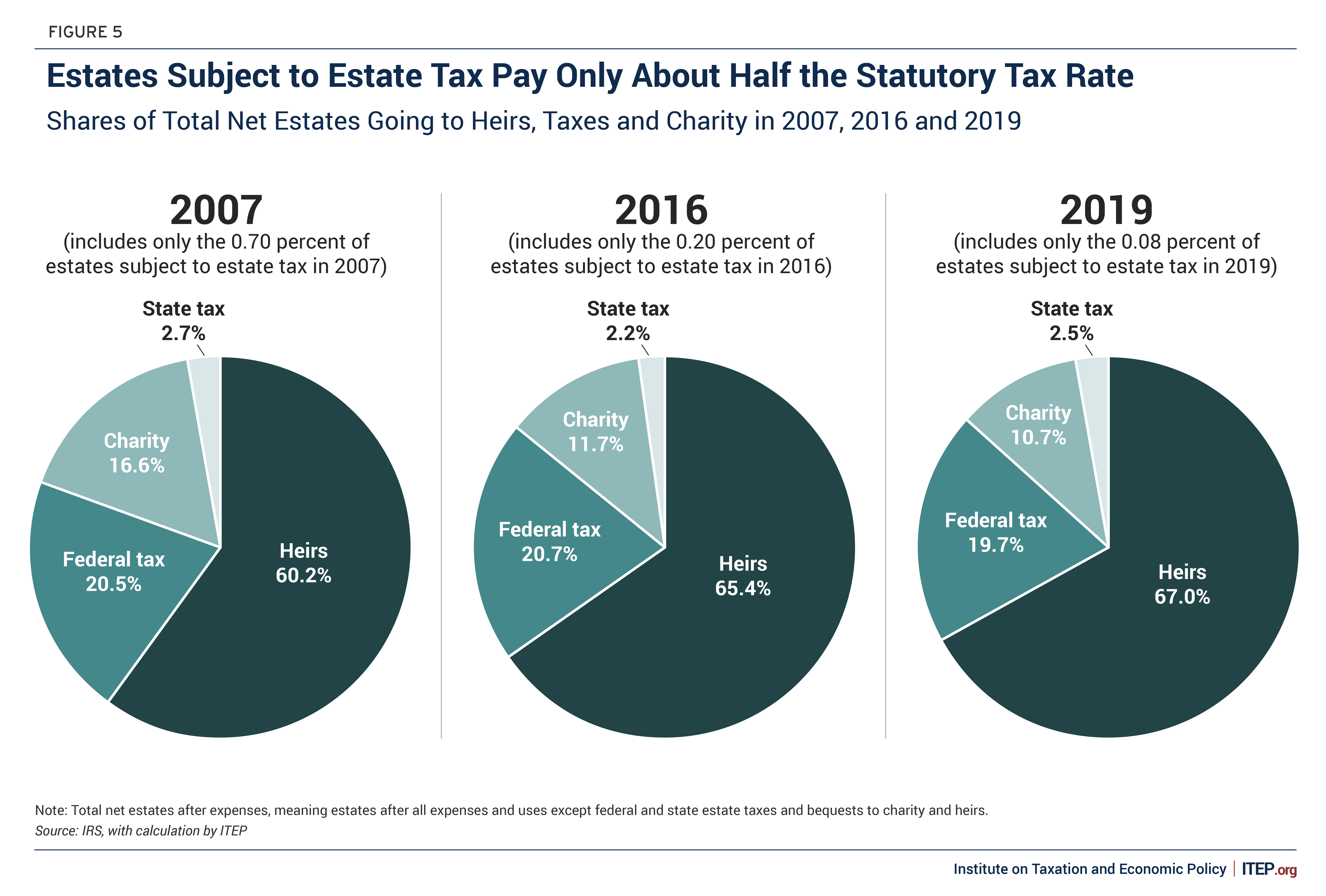All Categories
Featured
Table of Contents
This five-year basic regulation and two adhering to exemptions apply only when the owner's fatality triggers the payout. Annuitant-driven payouts are gone over listed below. The first exception to the basic five-year rule for private beneficiaries is to approve the survivor benefit over a longer duration, not to exceed the expected lifetime of the recipient.
If the recipient chooses to take the death advantages in this technique, the benefits are exhausted like any other annuity settlements: partially as tax-free return of principal and partly taxed revenue. The exclusion ratio is located by making use of the departed contractholder's price basis and the expected payments based on the beneficiary's life span (of much shorter duration, if that is what the beneficiary picks).
In this technique, often called a "stretch annuity", the beneficiary takes a withdrawal every year-- the needed amount of each year's withdrawal is based upon the same tables made use of to calculate the needed distributions from an individual retirement account. There are 2 benefits to this method. One, the account is not annuitized so the recipient maintains control over the cash worth in the agreement.
The second exemption to the five-year guideline is offered just to an enduring partner. If the designated recipient is the contractholder's partner, the partner might elect to "enter the shoes" of the decedent. Basically, the partner is treated as if he or she were the proprietor of the annuity from its beginning.
Annuity Contracts and beneficiary tax considerations
Please note this applies just if the spouse is called as a "marked beneficiary"; it is not readily available, for example, if a trust fund is the recipient and the partner is the trustee. The basic five-year guideline and the two exemptions only apply to owner-driven annuities, not annuitant-driven agreements. Annuitant-driven contracts will pay fatality benefits when the annuitant dies.

For objectives of this discussion, presume that the annuitant and the owner are various - Variable annuities. If the agreement is annuitant-driven and the annuitant dies, the fatality sets off the death benefits and the recipient has 60 days to decide just how to take the survivor benefit based on the regards to the annuity contract
Also note that the option of a spouse to "enter the footwear" of the owner will not be readily available-- that exception applies just when the owner has died yet the owner didn't pass away in the circumstances, the annuitant did. If the beneficiary is under age 59, the "fatality" exemption to stay clear of the 10% charge will certainly not apply to an early distribution once again, since that is available just on the death of the contractholder (not the fatality of the annuitant).
Several annuity companies have interior underwriting policies that reject to provide agreements that call a various owner and annuitant. (There might be strange situations in which an annuitant-driven contract meets a clients one-of-a-kind requirements, but most of the time the tax obligation disadvantages will outweigh the benefits - Index-linked annuities.) Jointly-owned annuities may posture comparable issues-- or a minimum of they may not offer the estate preparation function that other jointly-held possessions do
As a result, the survivor benefit must be paid out within 5 years of the first owner's death, or subject to the two exemptions (annuitization or spousal continuation). If an annuity is held collectively between a partner and other half it would certainly show up that if one were to pass away, the various other can simply continue ownership under the spousal continuation exception.
Think that the partner and spouse named their kid as recipient of their jointly-owned annuity. Upon the death of either proprietor, the business has to pay the fatality benefits to the child, who is the beneficiary, not the making it through partner and this would most likely defeat the proprietor's intentions. At a minimum, this instance aims out the intricacy and uncertainty that jointly-held annuities present.
Taxes on inherited Guaranteed Annuities payouts
D-Man wrote: Mon May 20, 2024 3:50 pm Alan S. composed: Mon May 20, 2024 2:31 pm D-Man wrote: Mon May 20, 2024 1:36 pm Thank you. Was really hoping there may be a system like establishing up a recipient individual retirement account, however resembles they is not the situation when the estate is configuration as a beneficiary.

That does not identify the sort of account holding the acquired annuity. If the annuity remained in an inherited IRA annuity, you as administrator ought to be able to designate the acquired individual retirement account annuities out of the estate to inherited Individual retirement accounts for every estate beneficiary. This transfer is not a taxable event.
Any distributions made from acquired Individual retirement accounts after assignment are taxable to the recipient that received them at their ordinary income tax price for the year of distributions. If the acquired annuities were not in an IRA at her death, then there is no way to do a straight rollover right into an inherited IRA for either the estate or the estate beneficiaries.
If that happens, you can still pass the circulation with the estate to the individual estate beneficiaries. The tax return for the estate (Type 1041) might include Form K-1, passing the revenue from the estate to the estate beneficiaries to be taxed at their private tax rates rather than the much higher estate income tax prices.
Tax on Structured Annuities death benefits for beneficiaries

: We will produce a strategy that includes the very best products and attributes, such as enhanced survivor benefit, costs rewards, and long-term life insurance.: Obtain a tailored strategy made to optimize your estate's value and lessen tax liabilities.: Carry out the chosen technique and receive recurring support.: We will certainly help you with establishing up the annuities and life insurance policy policies, giving continual guidance to make sure the plan continues to be efficient.
Needs to the inheritance be related to as a revenue related to a decedent, after that tax obligations might apply. Typically talking, no. With exception to pension (such as a 401(k), 403(b), or individual retirement account), life insurance policy earnings, and savings bond interest, the beneficiary generally will not have to bear any revenue tax obligation on their acquired wealth.
The quantity one can acquire from a count on without paying taxes depends on different aspects. Individual states might have their own estate tax obligation laws.

His goal is to simplify retired life preparation and insurance policy, ensuring that clients comprehend their options and safeguard the very best protection at unequalled rates. Shawn is the founder of The Annuity Professional, an independent on the internet insurance company servicing consumers throughout the United States. Through this system, he and his group purpose to remove the uncertainty in retirement preparation by aiding individuals find the best insurance policy protection at the most affordable rates.
Latest Posts
Annuity Withdrawal Options death benefit tax
How are Annuity Payouts taxed when inherited
Guaranteed Annuities beneficiary tax rules